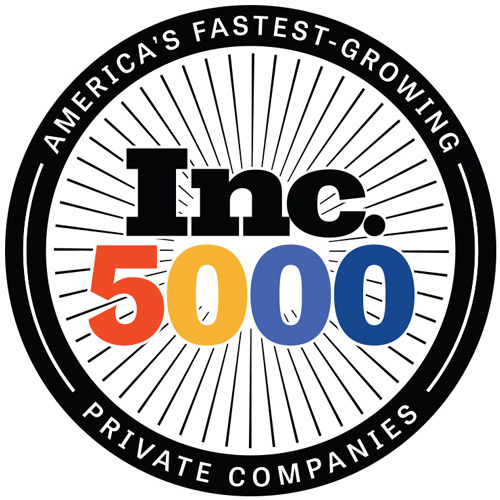BPR for Modern Businesses
- Jessica R.
- July 18, 2024
- Edited July 18, 2024
Table of Contents
Staying ahead means adapting and transforming in today’s rapidly changing business environment. One powerful strategy to achieve this is Business Process Reengineering (BPR). This approach isn’t just about making small tweaks to your existing procedures; it’s about taking a step back, breaking down your business processes, and rebuilding them to enhance efficiency, reduce costs, and improve overall performance.
Let’s examine BPR in-depth, outlining its essential steps and core principles and illustrating these with real-life examples.
Understanding Business Process Reengineering
Business Process Reengineering is a radical rethinking of business processes to achieve dramatic improvements in critical aspects such as cost, quality, service, and speed. Rather than making minor adjustments or improvements, BPR seeks to overhaul the business’s fundamental building blocks. This often involves starting from scratch, which can be daunting but highly rewarding.
Key Steps in Business Process Reengineering
- Set Clear Objectives: Before anything else, it’s crucial to define what you aim to achieve with BPR. Setting clear, measurable goals helps guide the entire process and provides a benchmark for success.
- Identify Processes to Reengineer: Not all processes need reengineering. Identify which ones are critical to your business’s success and focus on these. These are typically processes with a high impact on service quality or production cost.
- Analyze Current Processes: Understand the existing processes in depth. This involves mapping out each step and identifying bottlenecks or inefficiencies. Analysis tools and software can help visualize these processes clearly.
- Redesign the Process: This is the core of business process reengineering. The redesign must align with your business goals and should aim to simplify processes, eliminate unnecessary steps, and reduce costs.
- Implement Changes: Roll out the redesigned processes, often starting with a pilot program to iron out any issues. Ensure that all team members are on board and understand their roles in the newly designed processes.
- Review and Refine: After implementation, continually review the outcomes to ensure they meet your set objectives. Be prepared to make adjustments as necessary. This step is crucial for ongoing improvement.
Fundamental Principles of Business Process Reengineering
- Focus on Outcomes, Not Tasks: Rather than concentrating on specific tasks, BPR focuses on the outcomes they achieve. This shift in perspective often reveals unnecessary steps that can be removed or redesigned.
- Information Technology as an Enabler: Modern IT solutions are often integral to BPR. They support the streamlining and automation of redesigned processes, enabling faster and more accurate task completion.
- Process Orientation: BPR involves thinking in terms of end-to-end processes that cut across traditional departmental boundaries. This holistic view often identifies new opportunities for improvement that were not apparent before.
- Customer-centric Approach: Ultimately, every business process should enhance customer satisfaction. BPR emphasizes redesigning processes from the customer’s perspective, which often leads to significant improvements in service quality.
Real-life Examples of Business Process Reengineering
Ford Motor Company: Ford applied BPR in the early 90s to their accounts payable department by leveraging technology to streamline invoice processing. This resulted in a drastic reduction in the workforce while increasing efficiency and accuracy.
IBM Credit: Faced with a bloated loan approval process, IBM Credit reengineered their process using a new credit approval system. This change reduced the time taken to approve loans from seven days to just one, significantly enhancing customer satisfaction and operational efficiency.
Challenges in Business Process Reengineering
Despite its potential, BPR comes with challenges. Resistance to change is a common obstacle, as employees might fear job loss or struggle to adapt to new roles. Moreover, BPR initiatives can be costly and time-consuming, requiring significant upfront investment in time and resources.
Maximizing the Benefits of Business Process Reengineering
Business Process Reengineering is a robust approach to redesigning how work is done to better support an organization’s mission and reduce costs. While the process can be challenging, the benefits of streamlined operations, enhanced efficiency, and increased customer satisfaction are undeniable.
By following the steps outlined and adhering to the principles of BPR, businesses can achieve remarkable transformations that position them well for future growth and success. Remember, the key to successful BPR lies in thorough planning, clear communication, and steadfast execution. By embracing these elements, your organization can navigate the complexities of change and emerge stronger on the other side.
Read More:
Core of Business Processes

Jessica R.
Jessica is a seasoned GMP compliance consultant and technical writer specializing in pharmaceutical manufacturing, data integrity, and quality assurance. With over 12 years of experience working with global pharmaceutical firms, Jessica brings deep industry insights into FDA, EMA, and MHRA regulations.


